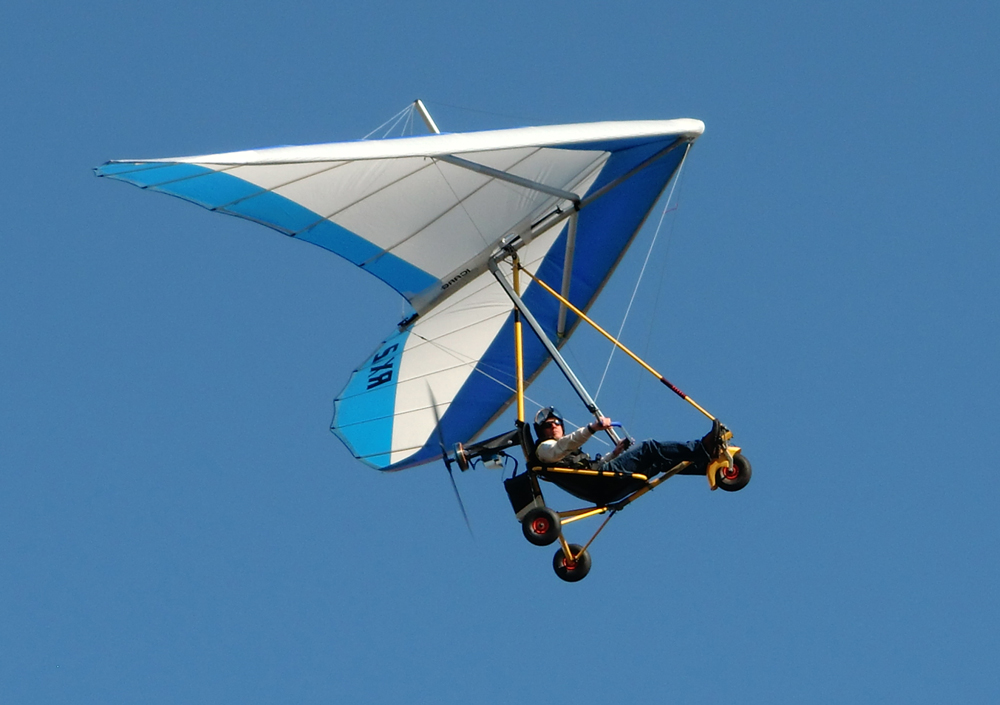

- Powered hang glider for sale portable#
- Powered hang glider for sale series#
Gerry Breen - London to Paris in FLPHG (August 25, 1979) 1978, David Cook becomes the first pilot to cross the English Channel while flying on a foot-launched powered hang glider he used a VJ 23F glider.
On 5 August 1978, French pioneer Bernard Danis mated a Soarmaster unit to this 168 square feet (15.6 m 2) SK 2SS wing and climbed to 1,825 metres (5,988 ft) above sea level at the Southern Alps. Unofficial FLPHG World Records - Confirmed but not validated by the FAI. La Fédération Aéronautique Internationale (FAI) is the international standard-setting and record-keeping body for aeronautics and astronautics, so it also oversees the official records by foot-launched powered hang gliders, currently under the RWF1 category. The latest generation of powered harnesses bear names such as Wasp, Flylight Doodle Bug, Raven, X1, Zenon, Airtime Explorer, Fillo, and Flyped. Barry Palmer īy 2008, there were a few harness designs similar to the Swedish Aerosport Mosquito, each sporting unique strengths, and produced by other FLPHG manufacturers. Hang gliding record holder Don Mitchell fitted his Mitchell Wing B-10 with a motor, though the pilot still had to use their legs as undercarriage, an arrangement which persisted until he designed the B-10 Mitchell Wing. Differently, a rigid biplane designed also by teenager Taras Kiceniuk Jr., the Icarus II was a foundation for a modification in Larry Mauro's UFM Easy Riser biplane that started to sell in large numbers Larry Mauro would power his tail-less biplane one version was solar powered, called the Solar Riser. The Icarus V flying wing appeared with its tip rudders and swept-back style wing was used as a base for some powered experiments. Powered hang glider for sale series#
Surprisingly, what really launched the powered ultralight aviation movement in the United States was not the Rogallo flexible wing but a whole series of rigid-wing motorized hang gliders.
Powered hang glider for sale portable#
Inventors from Australia, France and England produced several successful microlight motor gliders in the early 1970s and very few were portable wings. These early experiments went largely unrecorded, even in log books, let alone the press, because the pioneers were uncomfortably aware that the addition of an engine made the craft liable to registration, airworthiness legislation, and the pilot liable to expensive licensing and probably, insurance. For a second time in aviation history, during the 1970s, motorization of simple gliders, especially those portable and foot-launched, became the goal of many inventors and gradually, small wing-mounted power packs were adapted. While powered microlights (ultralights) developed from hang gliding in the late 1970s, they were also a return to the type of low-speed aircraft that were common in the earlier years of aviation, but which were superseded as both civil and military aircraft pursued more speed. Main article: History of hang gliding Adding propulsion





 0 kommentar(er)
0 kommentar(er)
